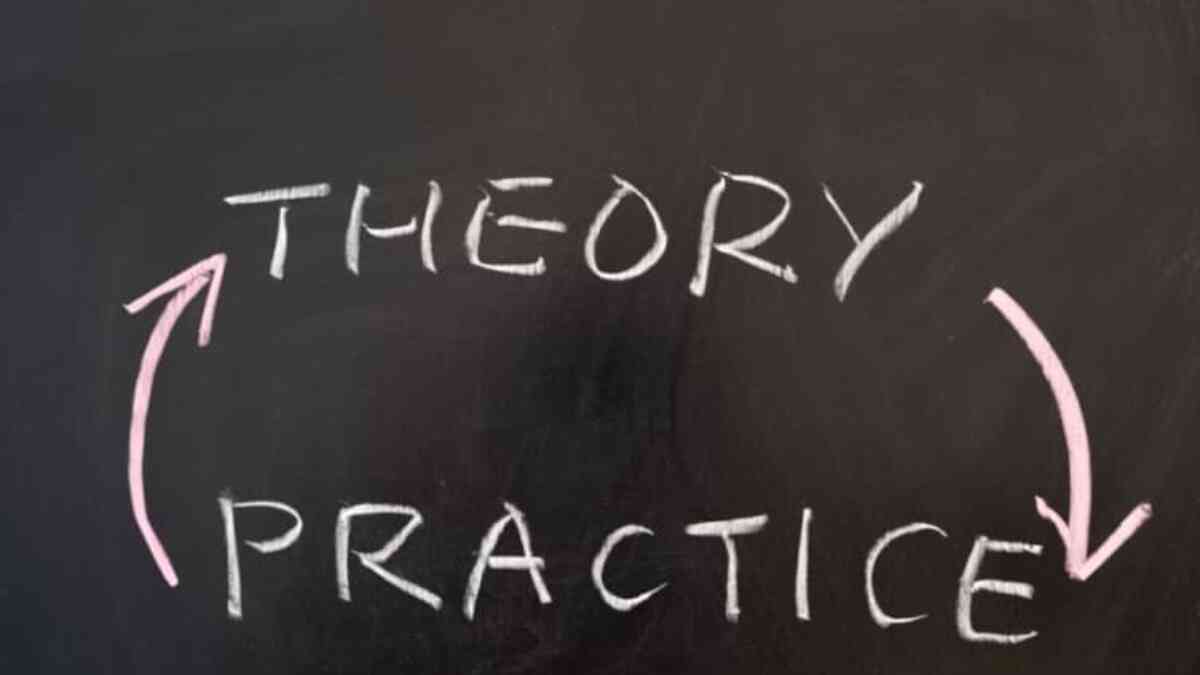
How Behavior Change Happens: Four Models
Understanding behavior-change theories can help you better achieve your business objectives.
Why can some people quit smoking—and others can’t?
How is Alcoholics Anonymous so successful at changing lives?
Cue behavior change theory. Behavior change analysis assesses how and why efforts to change behavior work. And although its often applied to public health, it has strong applications in business strategy as well, from internal organizational change to launching new products and services.
Here are a few behavior-change theories, supported by research, that can help you assess how to change behavior in your target audiences:
Health Belief Model
Social psychologists developed the health-belief model of behavior change in the 1950s explain the widespread failure of screening programs for tuberculosis. The model suggests that people's beliefs about health problems, their perceived benefits of action and barriers to action, and their self-efficacy explain engagement (or lack of engagement) in health-promoting behavior.
Here’s an example: Anthony was recently diagnosed with diabetes. He has a poor diet and is overweight. His physician prescribes a regimen of blood-sugar testing and oral medication, but Anthony fears taking and staying adherent to medications. Here’s how the Health Belief Model explains his chances of success:
- Perceived Susceptibility: Anthony needs to understand what will happen if he doesn’t take his medications, such as complications and shortened lifespan.
- Perceived Severity: Anthony should learn the severity of diabetes and the severity of disease complications.
- Perceived Benefits: Anthony should understand how adhering to his diabetic medication regimen will benefit his overall health.
- Perceived Barriers: Forgetfulness, family problems, fears of side effects, and difficulty integrating medication into his life can affect Anthony’s adherence to medication. Simple tips for overcoming these barriers will help him.
- Self-Efficacy: If Anthony believes he can be adherent to his therapy, he more likely will be.
Theory of Planned Behavior
According to the theory of planned behavior, attitudes, norms, and perceived control shape a person’s behavior. Intending to take a certain action will make it more likely to occur.
For example: William wants to be tan. If William uses sunscreen, he uses a SPF 8 to keep from getting too burned. He thinks skin cancer is something old people get and doesn’t truly understand his risk. Here’s how the theory of planned behavior explains William’s chances of success at wearing sunscreen:
- Attitude: William needs to learn the positive consequences of regular use of sunscreen, such as younger looking skin and cancer prevention.
- Behavioral Intentions: If William sees himself as a sunscreen user and packs sunscreen in his beach bag, he is more likely to use it.
- Subjective Norms: William may more easily wear sunscreen if his peers support it.
- Perceived Control: If he learns the benefits of sunscreen and he feels that his peers support wearing sunscreen, William is more likely to protect himself.
Social Cognitive Learning Theory
This theory posits that people are motivated to act if they closely identify with someone who models the intended behavior with a good deal of self-efficacy. If the observer feels a one-to-one similarity with the model, there is a higher chance the observer will succeed.
For example: Kimberly has a serious drinking problem. She was arrested for DWI and court-ordered to attend rehab and Alcoholics Anonymous meetings. Even though Kimberly hates her life and feels like she hit rock bottom, she has a chance at sobriety.
- Modeling: Kimberly learns how recovery works by listening to others’ experiences and their rediscovered strength and hope in a twelve-step meeting.
- Outcome Expectancies: Kimberly will be motivated to stop drinking if she believes getting sober is better than jail.
- Self-efficacy: Kimberly is more likely to obtain sobriety by having a sponsor or twelve-step friends who are sober. Close contacts living a sober life will show her that achieving it is possible and how much better it can be. She’ll see that can do it, too.
- Identification: If Kimberly feels like there are others like her who share her struggles with alcohol and remain sober, she is more likely to maintain sobriety.
Stages of Change Theory
Also known as the transtheoretical model, this integrative, biopsychosocial model conceptualizes the process of intentional behavior change.
Studies have found that people move through a series of stages when modifying and adopting behaviors. These stages of change can occur in a linear fashion, yet people often recycle through the stages or regress to earlier stages from later ones.
For example: Virginia smokes four packs a week. She has smoked for ten years and knows that smoking is bad for her health. Virginia has considered quitting after her friend quit last year.
- Precontemplation: When Virginia was in college, she never once thought about quitting smoking.
- Contemplation: Virginia’s friend quit last year. Also, she learned the dangers of combining smoking and birth control.
- Preparation: Virginia researches smoking cessation, including the patch, nicotine gum, vaping, and acupuncture.
- Action: Virginia throws away a pack of cigarettes and begins vaping instead.
- Maintenance: Virginia quit smoking six months ago.
FrogDog understands what makes people tick. We know changing people’s behavior is a huge component of business success. Let us help you decide what message and tactic will change your target audience’s habits. Contact us.
Updated: Oct 08, 2019

We do not spam. And you can unsubscribe when you want.